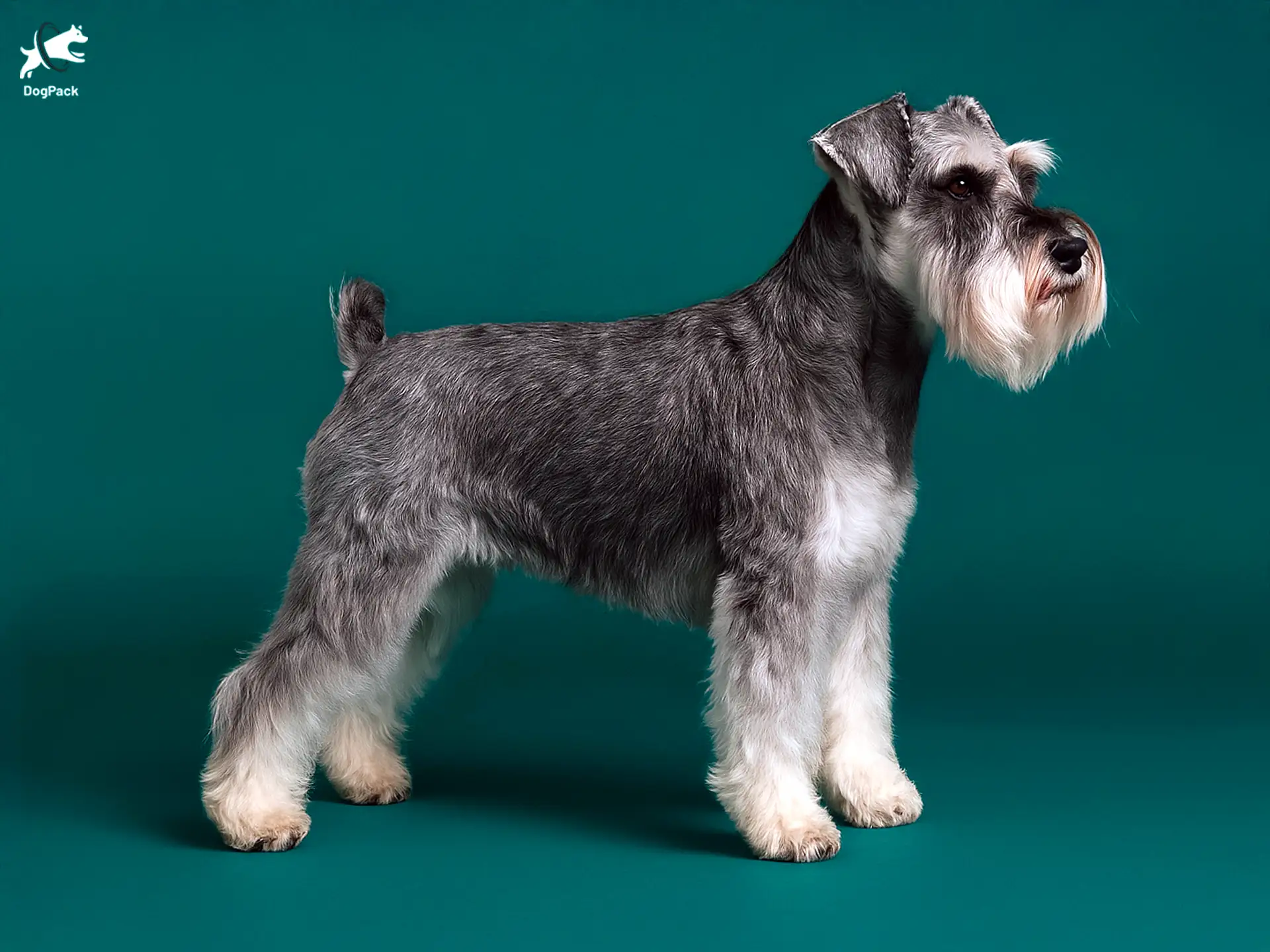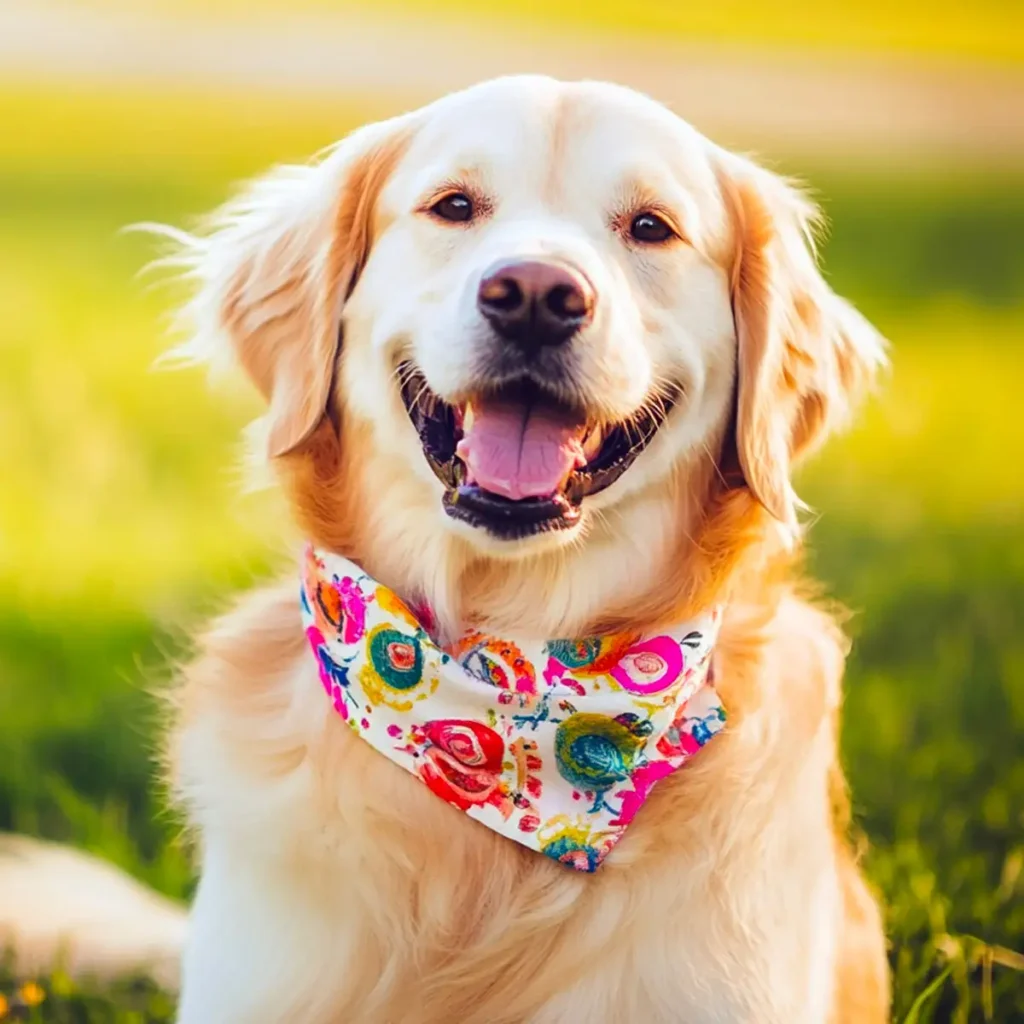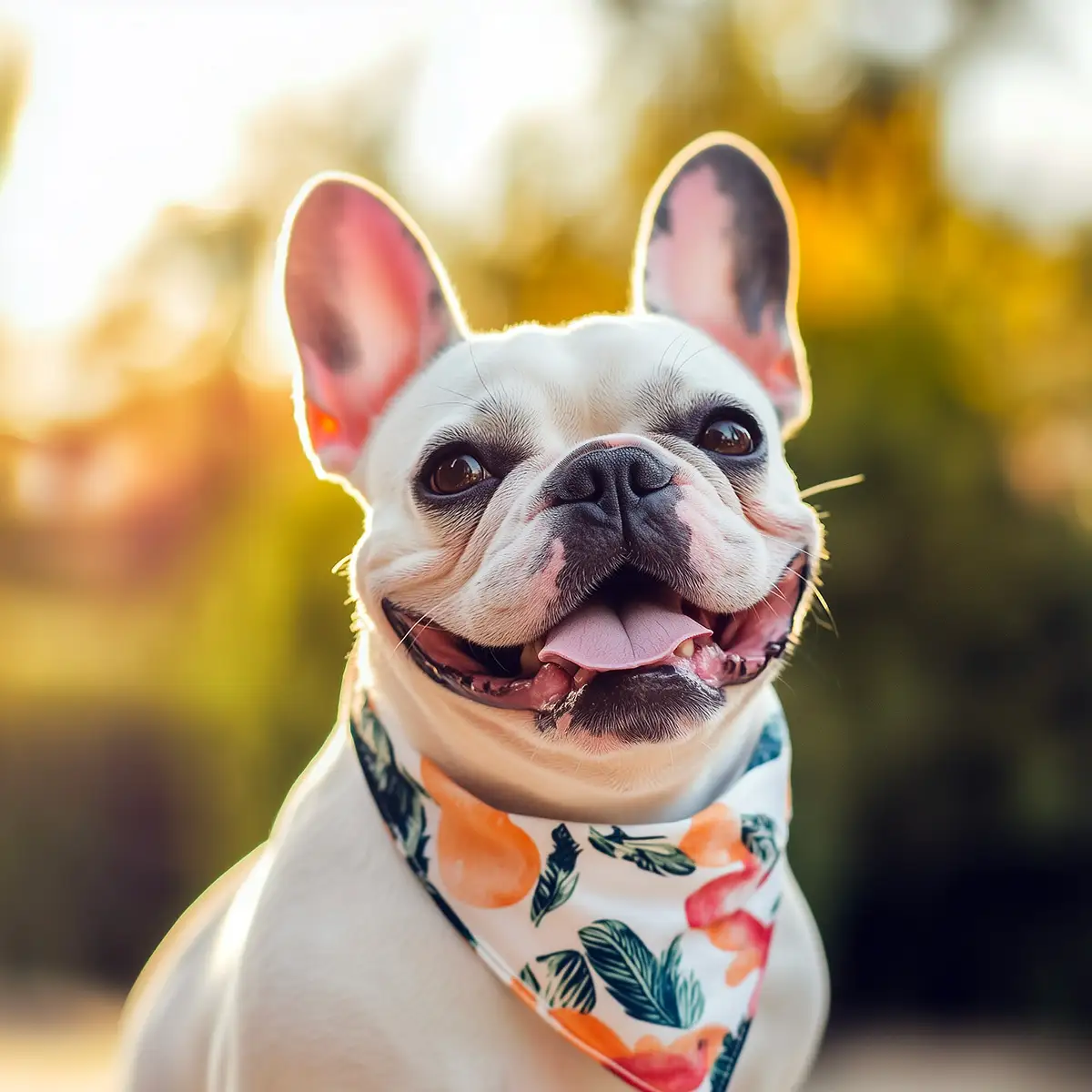Miniature Schnauzer Dog Breed Info & Overview
Brimming with terrier tenacity yet wrapped in a dapper beard, the Miniature Schnauzer wins hearts from Berlin flats to Brooklyn lofts. Compact, clever, and comically expressive, this whiskered watchdog craves companionship and conversation in equal measure, making everyday life feel like a cozy sitcom with a built‑in laugh track.
Characteristics
Pictures
Breed History
Picture late-1800s Germany: farms needed a compact, fearless ratter who could thrive in tight quarters. Breeders crossed the Standard Schnauzer with Affenpinschers and possibly Poodles to downsize the rugged guardian into a small but mighty working dog. The result? A dog that could patrol barns and chase vermin without knocking over the livestock.
As industrialization spread, the breed’s role shifted from farmhand to urban watchdog. These bearded barkers guarded carts and market stalls, barking at thieves and sniffing out trouble. Soldiers in WWI reportedly kept them for companionship and rat control in the trenches. Rain-soaked trenches even gave that bristly beard a second job—soaking up moisture.
After the war, American soldiers brought the breed stateside. The AKC recognized them in 1926, and their popularity grew quickly. Their sharp looks, bold attitude, and compact size won over families across the country. Yet, even today, one squeaky toy can trigger their inner barn hunter like nothing’s changed in a century.
Temperament, Personality
Expect a confident sidekick with a dash of sass and a sharp sense of humor. This dog thrives on human interaction, often inserting itself into conversations with a bark or theatrical head tilt. They’re vocal, opinionated, and highly attuned to their household’s emotional landscape.
Kids gain a spunky playmate who rarely knocks them over but always demands to be part of the action. This breed often acts like the self-appointed guardian of the hallway, barking at shadows and inspecting backpacks. With early training, their assertiveness becomes charming leadership—not stubborn defiance.
When strangers approach, expect a barked alert, followed by close inspection. They’re not aggressive, but they like to know who’s entering their kingdom. With consistent socialization, they become polite hosts. Left alone too long, though, and they may express their opinions by redecorating your sock drawer.
Physical Characteristics
The Miniature Schnauzer is a sturdy, square-built dog standing about 12–14 inches tall. Despite the small frame, the body is muscular and athletic, with strong legs and a level back. They’re built to pivot quickly and sprint across yards—or couches—at full speed.
Their hallmark feature? That unforgettable facial hair. A wiry double coat forms bushy eyebrows and a full beard, often styled to match their confident attitude. Coat colors include salt and pepper, black, black and silver, and pure white, though not all are accepted in show rings.
Natural ears fold forward, though cropped ears remain in some regions. Their dark, oval eyes radiate intelligence and mischief, often scanning the room for something to supervise. Tails are usually docked in countries where it’s still allowed, giving them a perky silhouette full of alert energy.
Health Issues
Though generally healthy, this breed is predisposed to a few medical concerns that owners should monitor. Pancreatitis is a major one, often triggered by fatty foods. Stick to lean meals and avoid table scraps to prevent painful flare-ups and costly vet bills.
Bladder stones—particularly calcium oxalate types—can also occur. Encourage constant hydration and speak to your vet about a low-purine diet. Catching symptoms early, like straining during urination or blood in the urine, can make a big difference in long-term health.
Eye problems, including Progressive Retinal Atrophy (PRA) and cataracts, are also common. Schedule annual eye exams starting around age five, and seek breeders who offer CERF or OFA eye certifications. With the right preventive care, most dogs live happy, active lives into their teens.
Grooming Needs
That snazzy beard doesn’t style itself. Professional grooming every 6–8 weeks is essential, especially if you’re showing the dog or want to maintain the breed’s classic look. Clipping or hand-stripping the coat keeps it neat and healthy while preventing matting.
Daily brushing helps remove debris and detangle the wiry outer coat from the softer undercoat. Use a slicker brush followed by a steel comb, especially around the legs and beard, where tangles sneak in. Misting with a detangler reduces breakage and makes brushing more pleasant.
Their beard can become a magnet for kibble and crumbs, so regular cleaning is a must. Ear hairs grow like weeds and can trap moisture—monthly plucking and ear cleaner help prevent infections. Finish off with teeth brushing or dental chews to manage tartar behind that stylish smile.
Exercise Requirements
This breed needs more than just a lap and a leash. They thrive with daily physical and mental stimulation. A 30–45 minute walk, plus short play sessions, keeps their energy in check and their muscles lean. Without it, they’ll invent “games” you won’t enjoy.
Living in an apartment? No problem—this dog adapts well to small spaces, but don’t skip the activity. Puzzle toys, fetch, or indoor obstacle courses help burn energy and prevent behavior issues. Hide-and-seek with treats taps into their ratter roots.
Agility training or rally obedience is ideal for these dogs. They love a challenge and enjoy impressing their people. It’s not just about exercise—it’s about feeling smart and useful. Skip the stimulation, and you’ll discover just how loud and opinionated boredom can be.
Training Tips
Highly intelligent with a touch of mischief, this dog responds well to training—as long as it’s fun and engaging. Skip long sessions and opt for several 5-minute games throughout the day. Variety and enthusiasm go further than repetition and commands barked like orders.
Positive reinforcement is essential. Harsh corrections usually backfire, causing stubbornness or nervousness. Use a rotation of rewards like treats, toys, or praise to keep interest high. Consistency matters—once they know the rules, they’ll hold you to them too.
The breed tends to bark. A lot. It’s part of their watchdog instincts, not disobedience. Teach a solid “quiet” cue early by rewarding silence after an initial alert bark. This way, you’ll still get notifications—but without the extended remix version.
Nutrition, Diet
The average adult Miniature Schnauzer needs about 450–500 kcal per day, split into two meals. Opt for a high-protein kibble with under 12% fat to reduce the risk of pancreatitis. A 24% protein content with meat as the first ingredient is ideal.
Avoid foods high in purines, like organ meats, to minimize the risk of bladder stones. Include moderate fiber (like pumpkin or sweet potato) to help regulate digestion and keep the urinary tract healthy. Avoid grain-free diets unless prescribed by your vet.
Puppies eat about 55 kcal per pound of body weight daily until six months, then taper to adult portions. Don’t forget to factor in training treats—they add up fast. Use kibble from their meals during training to avoid overfeeding.
Adoption, Breeders
Looking for a reputable breeder? Start with the American Miniature Schnauzer Club. Choose breeders who perform OFA tests for hips, elbows, and hearts, and offer eye clearances. Good breeders welcome questions and provide health records before any money changes hands.
If you prefer adoption, Mini Schnauzer Puppies Rescue, Adoption, Rehoming Group is a trusted rescue group. National directories like Petfinder also list adoptable dogs by location. Many rescues coordinate long-distance transport.
Before committing, meet the dog—or at least one of the parents if buying. A quick video call can tell you more than any email chain. A healthy, well-socialized pup usually comes from someone who’s as picky as you are.
Family Pet?
With kids, this breed is often a hit. They’re small enough not to bowl over toddlers, but sturdy enough to handle active play. Supervision helps avoid accidental roughhousing, and early boundaries teach kids mutual respect with their furry roommate.
They can live peacefully with cats and other dogs if introduced properly. A slow, supervised transition with positive reinforcement helps avoid any terrier-style squabbles. They’re more curious than confrontational—just don’t leave feathery toys lying around.
Elderly or less active households appreciate their size and loyalty. Just be ready for barking when visitors arrive. With leash manners in place and daily walks scheduled, they make lively companions who never leave you lonely—or unannounced.
Right For You?
This breed is ideal if you like a little sass with your snuggles. They suit apartment or suburban living, as long as their exercise, grooming, and training needs are met. If you prefer quiet dogs, though, the alert bark might test your patience.
They’re not great for owners who are gone all day. These dogs crave interaction and purpose. If left alone too often, they’ll find their own entertainment—usually involving your favorite shoes or the recycling bin.
If you’re home a lot, love grooming routines, and want a clever companion with personality for days, this could be your match. Just remember: they’ll treat you like family—and expect the same in return, with snacks.
Conclusion
Bold, brilliant, and bristly-faced, the Miniature Schnauzer is a confident companion who thrives with engaged owners. Their loyalty is fierce, their eyebrows expressive, and their energy contagious. Meet their grooming and exercise needs, and they’ll reward you with watchdog skills, laughter, and endless affection.
FAQs
-
What were Miniature Schnauzers originally bred to do on farms?
The Miniature Schnauzer was bred in Germany to hunt rats and guard property. Their compact size made them ideal for squeezing into tight spaces, while their alert bark and brave nature helped them serve as small but mighty watchdogs on rural farms.
-
Can Miniature Schnauzers recognize different human voices?
Yes, the Miniature Schnauzer has excellent auditory recognition and can distinguish between familiar voices and strangers. This ability contributes to their reputation as alert companions who often respond differently to family members versus unfamiliar people.
-
Do Miniature Schnauzers tend to follow their owners around?
The Miniature Schnauzer is known as a “Velcro dog,” often choosing to follow their owner from room to room. Their loyal, people-focused personality means they thrive on closeness and feel most secure when near their humans.
-
Are Miniature Schnauzers known for being expressive communicators?
Yes, the Miniature Schnauzer is a highly expressive breed, using a combination of vocalizations, alert postures, and eye contact to communicate. Many owners find their Schnauzers “talk” with their eyes and even produce grumbles or chirps to share excitement.
-
How do Miniature Schnauzers react to changes in routine?
The Miniature Schnauzer tends to notice small routine changes quickly. While adaptable, they prefer consistency and may react with extra barking or pacing if daily patterns shift unexpectedly. Positive reinforcement helps them adjust more smoothly to new routines.
Breed Ratings
Learns commands fast and outsmarts puzzle toys before you finish coffee.
Ready for games from dawn till Netflix time—bring spare tennis balls.
Daily walks plus mental challenges keep boredom bark‑outs at bay.
Low‑shed coat means fewer tumbleweeds and happier allergy sufferers.
Squirrels trigger chase mode; early recall training recommended.
Requires regular clipping; budget for professional spa days.
Food motivation and sharp wits make lessons stick—just keep sessions fun.
Prefers company; extended solitude invites mischievous beard‑stroking plots.
Vocal watchdog, but teach “quiet” to maintain neighborly peace.
Beard drips after drinks, yet overall slobber score stays low.
Generally amiable with polite introductions and consistent socialization.
Sturdy breed with manageable, well‑researched genetic concerns.













